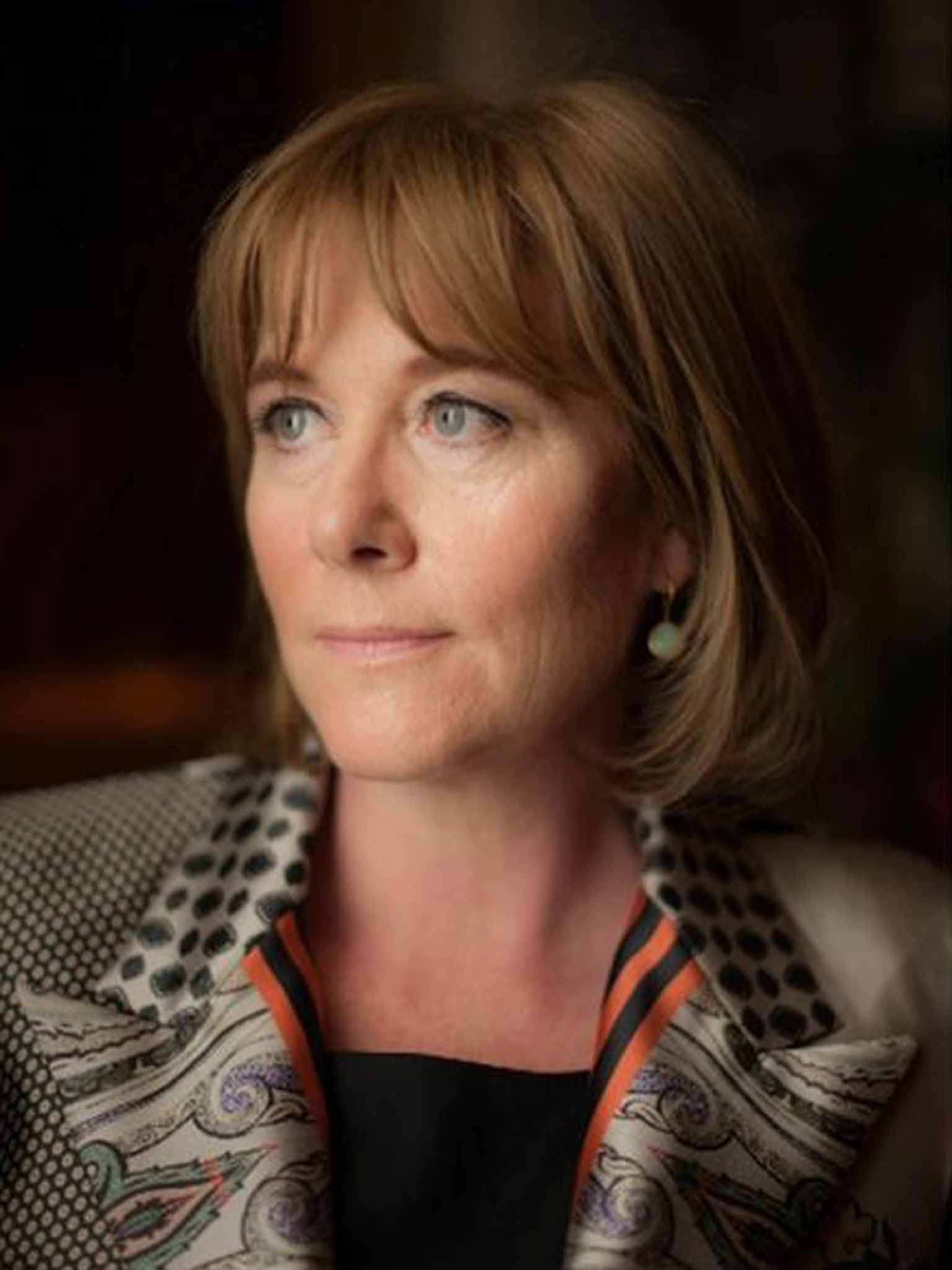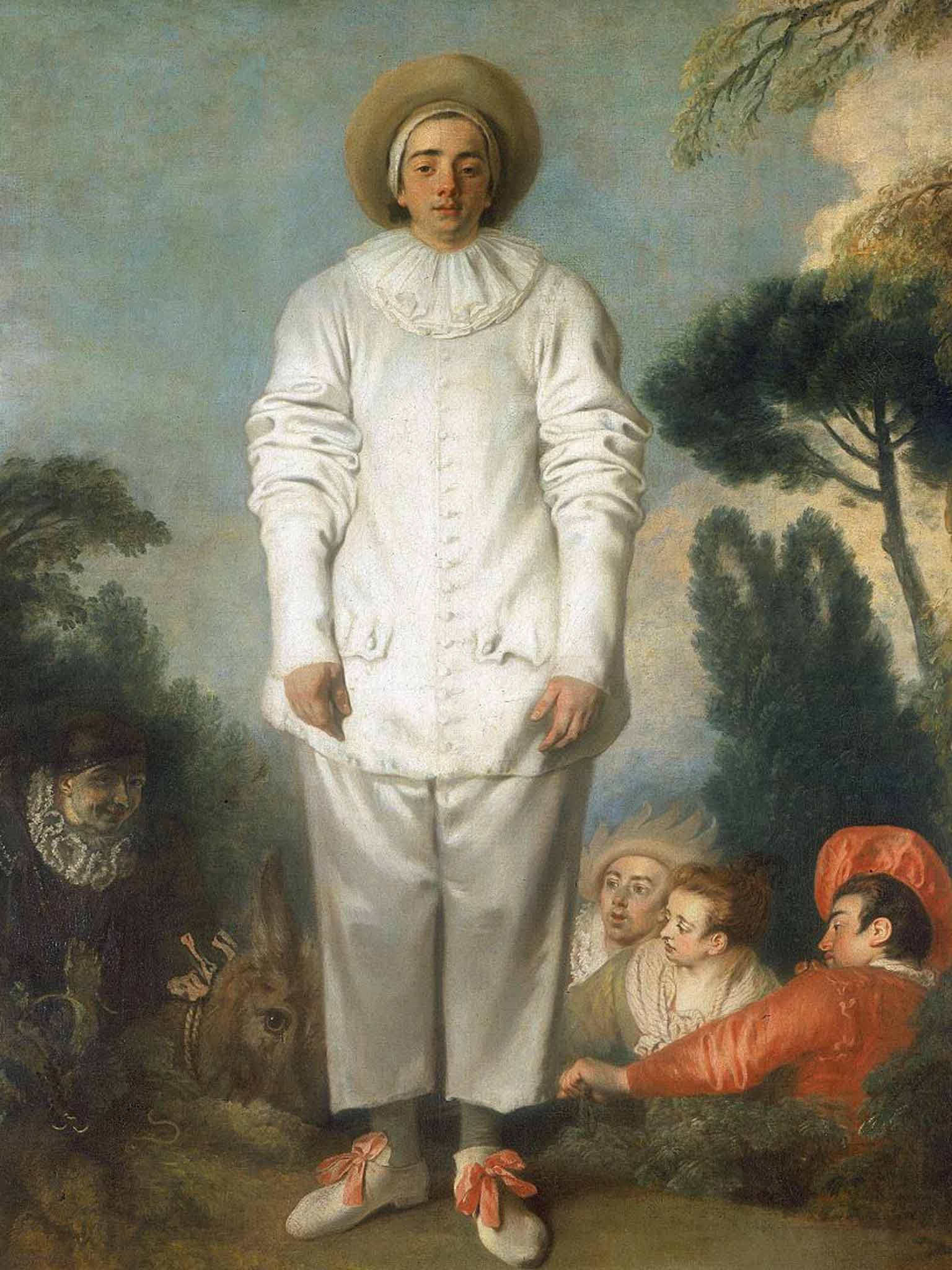Hannah Rothschild on 'The Improbability of Love', London's art scene, and using a painting as a narrator
New National Gallery chair Hannah Rothschild swears her racy novel is not about her colleagues

Your support helps us to tell the story
From reproductive rights to climate change to Big Tech, The Independent is on the ground when the story is developing. Whether it's investigating the financials of Elon Musk's pro-Trump PAC or producing our latest documentary, 'The A Word', which shines a light on the American women fighting for reproductive rights, we know how important it is to parse out the facts from the messaging.
At such a critical moment in US history, we need reporters on the ground. Your donation allows us to keep sending journalists to speak to both sides of the story.
The Independent is trusted by Americans across the entire political spectrum. And unlike many other quality news outlets, we choose not to lock Americans out of our reporting and analysis with paywalls. We believe quality journalism should be available to everyone, paid for by those who can afford it.
Your support makes all the difference.Hannah Rothschild, the incoming chair of the National Gallery, remembers the moment she first saw the artwork that changed her life. During her gap year before university, doing a "desperately dull job" in the Louvre in Paris, she stumbled upon Pierrot by the 18th-century painter Jean-Antoine Watteau.
"I was very, very lonely. I came face-to-face with the painting by accident and got a real emotional shock," she said. "There was something about the painting and I knew that the man in the picture was feeling what I was feeling: displacement and loneliness."
Little did she know that three decades later that work and its painter would help provide inspiration for her first novel, published last month. The Improbability of Love is a satirical romp through the London art scene, with a host of colourful characters from art dealers to exiled oligarchs, fixers and museum chiefs to auctioneers and wealthy patrons.
The novel centres on the painting of the title, a fictional much-sought-after lost work by Watteau that inspired love in some of history's greatest figures.
"At the heart it's the exploration of art and how different people value it," Rothschild, 53, said. "Everyone puts their own value in and most people have forgotten to have an emotional reaction with art. It's very easy to see the price of everything and the value of nothing."
They are characters drawn from her time working in the arts, initially as a journalist and later as a film-maker. Since 2009, she has been a trustee at the National Gallery, and is the institution's representative on the board of the Tate. In December, it was announced she was to become the first woman to chair the National Gallery, taking over from Mark Getty when his term ends in August.
Rothschild decided the painting at the heart of the novel would be by the pioneer of the Rococo movement "because of my meeting with the Pierrot in the Louvre, but also Watteau is a gift to write about as a painter. Very little is known about him. You can't choose Titian or Picasso."

Another reason to choose the Frenchman was that beyond the pictures of wealthy patrons at play lies something darker. "His pictures appear to be mannered and perfect, but in the background the trees are dying, there's a menacing aspect. I like to think he's making a social commentary," she said, adding that her book was intended as a social satire.
"Watteau was painting courtly life at a time when France was degenerate with people spending vast amounts of money on luxury goods. There are parallels with the present day."
The painting is also, unusually, a narrator for chapters of the book. Rothschild said: "It's a crazy idea to have a talking picture. It came from when I was younger, being dragged around museums by my parents. I longed for the paintings to say what they had seen and felt."
The painting tells the back story of its journey from the courts of kings and emperors to ending up in a junk shop and the run-down London apartment of the book's heroine, Annie, a chef overcoming a broken heart.
The book has been more than two decades in the making. Rothschild first tried to write a story narrated by a painting 25 years ago.
"I have a shoe box at home, and in that I put ideas and bits of writing and newspaper clippings. That's how I accumulate writing. The painting talking was the first thing in there," she said. Time passed and her own heart was broken: "Which is not terribly unusual, but I wrote about that, and then loneliness, and put them into the shoe box." Both passages made it into the final work
"It's an odd way of writing. I wouldn't recommend it," she said. "It's like having a secret lover. I'd have a spare evening on a business trip and spend it writing. I never thought it would be published. It wasn't therapy so much as an exploration of ideas."
The book really came together following the success of a previous non-fiction work, The Baroness: The Search for Nica the Rebellious Rothschild, about her great-aunt Baroness Nica de Koenigswarter, who left her husband and sought out the jazz musician Thelonious Monk after hearing one of his records.
Rothschild's agent enquired about another book, and she returned to the shoe box. "It's an odd genesis, but it may explain why there are so many disparate strands to the story," she said.
One strand follows the middle-aged daughter of a prestigious art dealer who at last finds her voice and asserts herself. Any parallels with Rothschild, who now works four days a week as a non-executive of her father Jacob Rothschild's finance business RIT Capital?
"It's taken me a very long time to feel confident, and I am who I am," she said. "There's an aspect in her [the art dealer's daughter of the novel] that reflects it's taken me until my fifties to come out from behind the shadow of these really huge characters in my family and my life. But the character of the father in the book is nothing like my father."
Another of those plot strands is Septimus Ward-Thomas, the despairing academic head of the National Gallery, battling government funding cuts, and the gimmicks his staff dream up to bring in a younger audience.
Yet, any similarities with the scholarly Nicholas Penny, outgoing director of the National, are purely coincidental, the author said.
"I think Nick Penny has done a really good job," Rothschild said. "He's probably the most pre-eminent scholar of the Renaissance in the world, but most of his day is spent doing other things. I see this in my role as a trustee.
"We choose art scholars and historians to be the heads of major institutions, and when they get there they find the job is completely different. It becomes a job of administrator, fundraiser, cheerleader; it's really difficult."
By the time Rothschild takes her new role, Penny's successor, Gabriele Finaldi, will have been installed as director. Recently the current director's reign has faced staff unrest, culminating in a series of strikes over plans to privatise some of the visitor service.
"The gallery is now a 24-hour institution," Rothschild said. "You have to have a modern and reactive gallery. Unfortunately, I don't see any way around this."
She admits the institution faces challenges. "Visitor numbers are exploding, with more than 6.5 million people a year coming into a building built for less than a million. Then there's falling grant in aid. Because of the unbelievably important thing of keeping the museums open and free, I will be fundraising. I don't mind if I'm doing it for a great cause." She added that £12m a year is an awful lot of money to raise.
Penny has a copy of the novel, as does the outgoing British Museum director, Neil MacGregor, and Tate director Sir Nicholas Serota, but she is yet to hear their thoughts. "I'm looking forward to them reading it," she said.
'The Improbability of Love' is published by Bloomsbury
Join our commenting forum
Join thought-provoking conversations, follow other Independent readers and see their replies
Comments